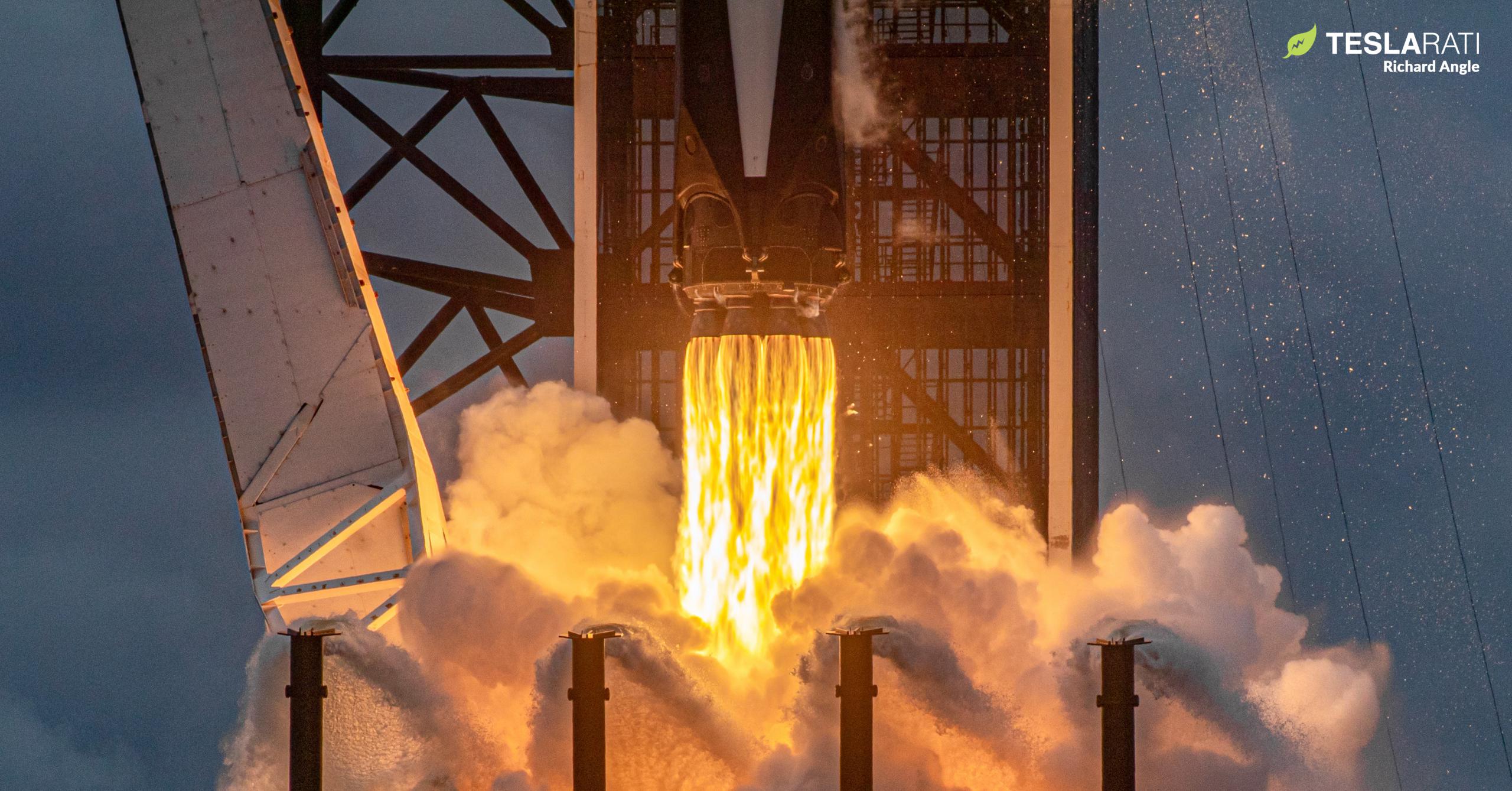
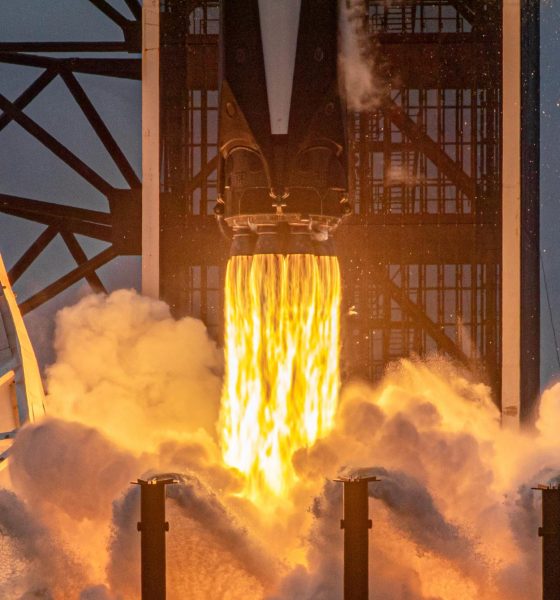
News
SpaceX on track to launch 20 Falcon 9 rockets in the first half of 2021
The second half of SpaceX’s June 2021 flight schedule has begun to firm up, raising the odds of another four-launch month as the end of the first half of 2021 fast approaches.
In an increasing rarity among a slew of pandemic and shortage-stricken satellites, rockets, and launch flows, SpaceX’s fourth upgraded GPS III satellite launch for the US military has remained on track for more than four months and has had a firm launch date for more than eight weeks. Further, the GPS III SV05 navigation satellite’s launch schedule actually moved up from July 2021 and has been scheduled to launch no earlier than June 17th, 2021 since mid-April. The only noteworthy change made in the subsequent two months was a minor shift in launch time, which was moved from 6-9 pm EDT to a 15-minute window stretching from 12:09 pm to 12:24 pm (16:09-16:24 UTC).
More recently, Spaceflight Now was first to report that Transporter-2 – SpaceX’s second dedicated Smallsat Program mission and fourth June 2021 launch – settled on a launch target sometime during daylight on June 24th. A large portion of rideshare payload integration – assembling a massive ‘stack’ of dozens of satellites and dispensers – has already been completed, improving the odds that Transporter-2 will launch on schedule.
As was SpaceX’s main intent with its Smallsat Program, the company effectively closes the metaphorical doors on a given Transporter mission around a week before launch. From then on, if issues arise with any minor integrated rideshare payload or something delays a planned payload from being integrated in time, the customer is more or less automatically rebooked on SpaceX’s next Transporter mission. That means that delays or pre-launch anomalies that inevitably impact a small fraction of a dedicated rideshare mission’s total payloads don’t end up delaying dozens to 100+ other spacecraft.
Crucially, for the unlucky few customers that find themselves essentially booted off the bus, SpaceX nominally rebooks them at no extra charge on the next Transporter mission. While the program is only just beginning, SpaceX has already scheduled four dedicated Transporter launches between January 2021 and Q1 2022, meaning that payloads unable to launch on their scheduled flight will have to wait approximately six months for the next launch opportunity. While undoubtedly more than a little inconvenient, SpaceX is effectively betting that customers are willing to trade some degree of flexibility for low prices and launch dates firmly scheduled months in advance.
So far, that bet has unequivocally paid off and SpaceX has secured contracts to launch hundreds of rideshare payloads in just a few years.
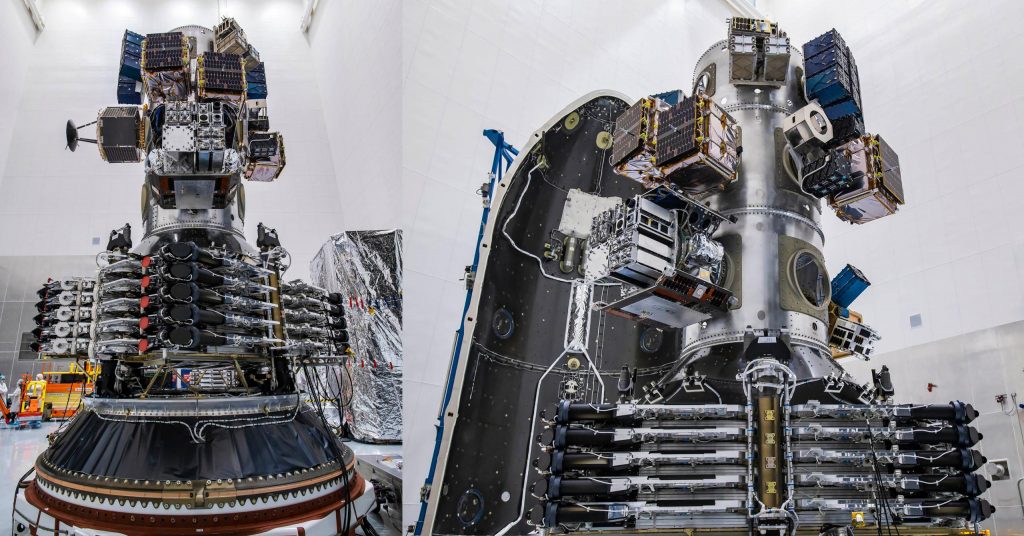
Meanwhile, SpaceX’s June 17th GPS III SV05 mission will be the first time ever that the US military launches a “national security” payload on a flight-proven commercial rocket. Falcon 9 booster B1062 debuted with the successful launch of GPS III SV04 in November 2020. Seven months later, GPS III SV05 will be its second launch. If successful, it’s likely that the US military will allow SpaceX to use Falcon 9 B1062 a third time to launch GPS III SV06 – tentatively scheduled sometime in Q4 2021 or early 2022.
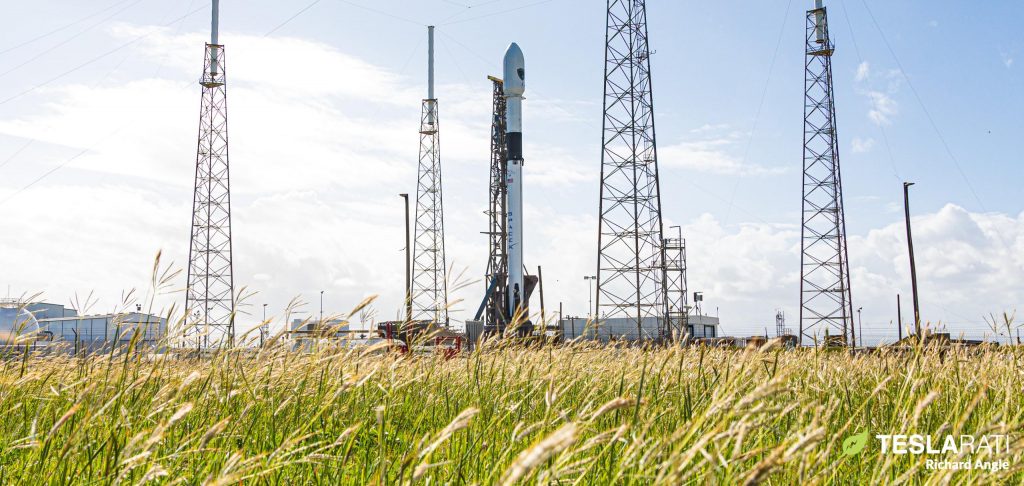
If both GPS III SV05 and Transporter-2 missions are successful, June 2021 will be SpaceX’s third four-launch month ever, representing an average of 48 launches per year if sustained for 12 months. All four June launches are also for paying customers, bringing welcome revenue to an H1 2021 manifest that’s been almost entirely populated by internal Starlink missions. Perhaps most significantly, a four-launch June will also mark 20 orbital SpaceX launches in the first half of 2021, leaving the company on track to achieve 40 launches this year if it can replicate that success in the second half.

News
Tesla (TSLA) receives “Buy” rating and $551 PT from Canaccord Genuity
He also maintained a “Buy” rating for TSLA stock over the company’s improving long-term outlook, which is driven by autonomy and robotics.
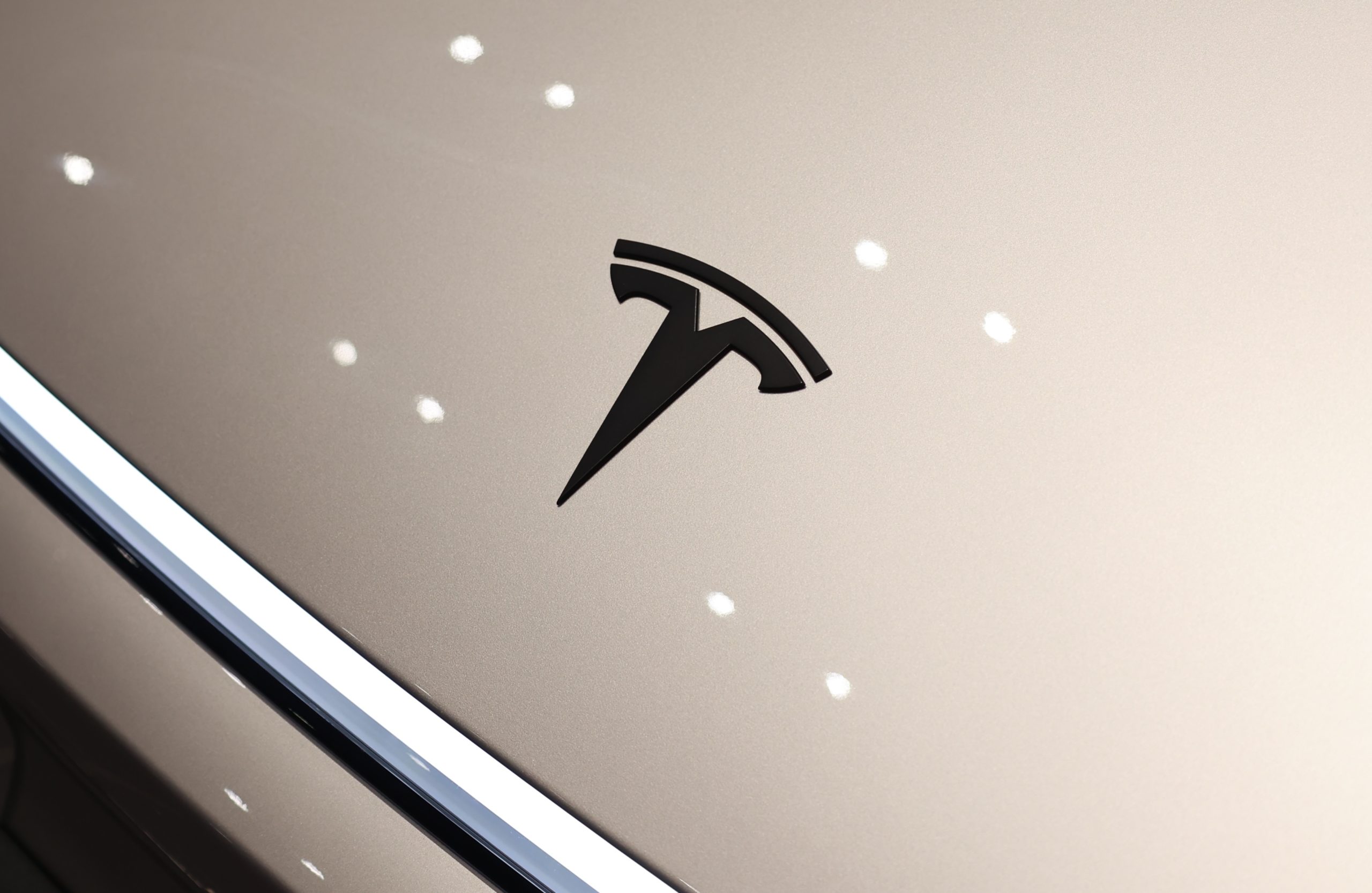
Canaccord Genuity analyst George Gianarikas raised his Tesla (NASDAQ:TSLA) price target from $482 to $551. He also maintained a “Buy” rating for TSLA stock over the company’s improving long-term outlook, which is driven by autonomy and robotics.
The analyst’s updated note
Gianarikas lowered his 4Q25 delivery estimates but pointed to several positive factors in the Tesla story. He noted that EV adoption in emerging markets is gaining pace, and progress in FSD and the Robotaxi rollout in 2026 represent major upside drivers. Further progress in the Optimus program next year could also add more momentum for the electric vehicle maker.
“Overall, yes, 4Q25 delivery expectations are being revised lower. However, the reset in the US EV market is laying the groundwork for a more durable and attractive long-term demand environment.
“At the same time, EV penetration in emerging markets is accelerating, reinforcing Tesla’s potential multi‑year growth runway beyond the US. Global progress in FSD and the anticipated rollout of a larger robotaxi fleet in 2026 are increasingly important components of the Tesla equity story and could provide sentiment tailwinds,” the analyst wrote.
Tesla’s busy 2026
The upcoming year would be a busy one for Tesla, considering the company’s plans and targets. The autonomous two-seat Cybercab has been confirmed to start production sometime in Q2 2026, as per Elon Musk during the 2025 Annual Shareholder Meeting.
Apart from this, Tesla is also expected to unveil the next-generation Roadster on April 1, 2026. Tesla is also expected to start high-volume production of the Tesla Semi in Nevada next year.
Apart from vehicle launches, Tesla has expressed its intentions to significantly ramp the rollout of FSD to several regions worldwide, such as Europe. Plans are also underway to launch more Robotaxi networks in several more key areas across the United States.
News
Waymo sues Santa Monica over order to halt overnight charging sessions
In its complaint, Waymo argued that its self-driving cars’ operations do not constitute a public nuisance, and compliance with the city’s order would cause the company irreparable harm.
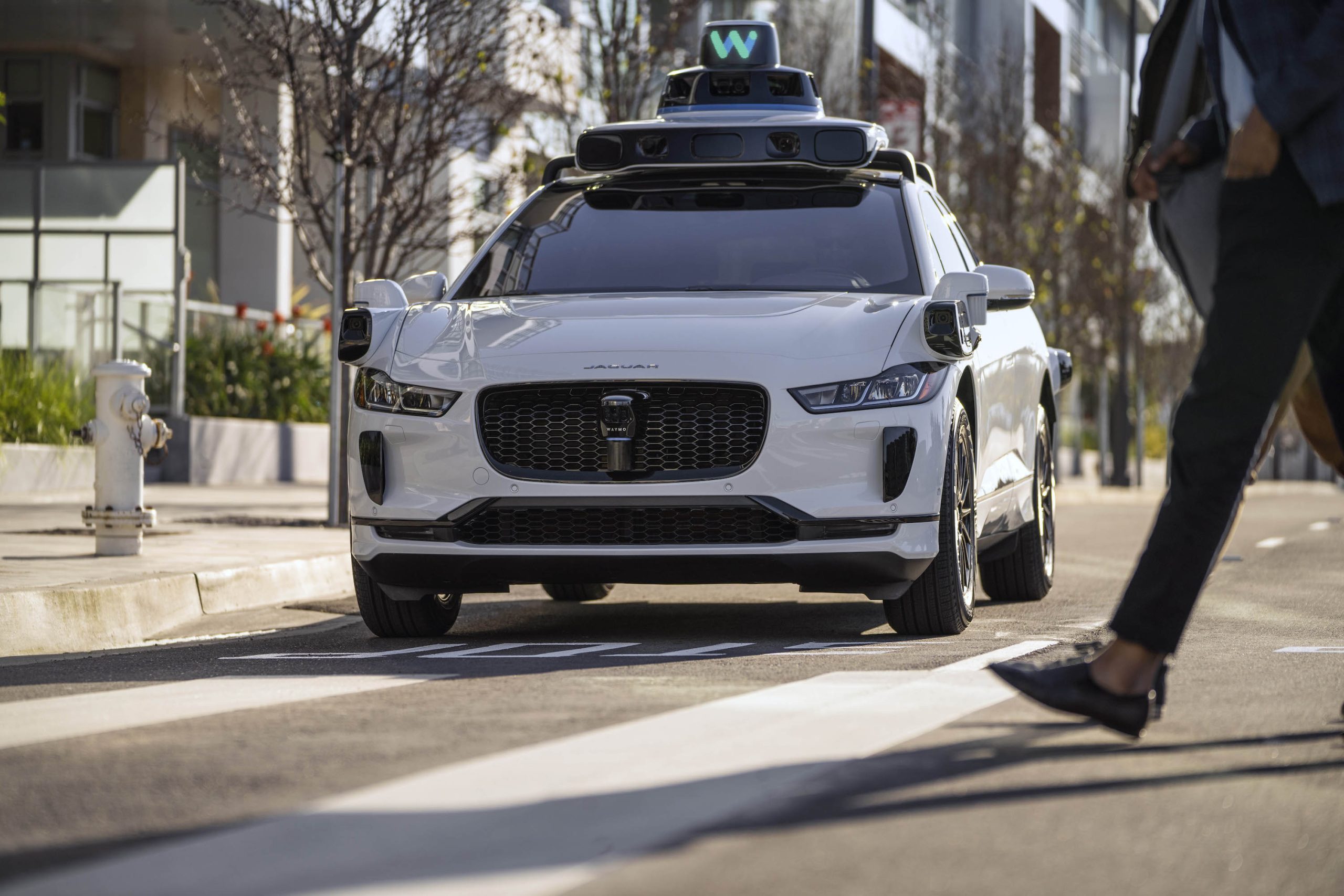
Waymo has filed a lawsuit against the City of Santa Monica in Los Angeles County Superior Court, seeking to block an order that requires the company to cease overnight charging at two facilities.
In its complaint, Waymo argued that its self-driving cars’ operations do not constitute a public nuisance, and compliance with the city’s order would cause the company irreparable harm.
Nuisance claims
As noted in a report from the Los Angeles Times, Waymo’s two charging sites at Euclid Street and Broadway have operated for about a year, supporting the company’s growing fleet with round-the-clock activity. Unfortunately, this has also resulted in residents in the area reportedly being unable to sleep due to incessant beeping from self-driving taxis that are moving in and out of the charging stations around the clock.
Frustrated residents have protested against the Waymos by blocking the vehicles’ paths, placing cones, and “stacking” cars to create backups. This has also resulted in multiple calls to the police.
Last month, the city issued an order to Waymo and its charging partner, Voltera, to cease overnight operations at the charging locations, stating that the self-driving vehicles’ activities at night were a public nuisance. A December 15 meeting yielded no agreement on mitigations like software rerouting. Waymo proposed changes, but the city reportedly insisted that nothing would satisfy the irate residents.
“We are disappointed that the City has chosen an adversarial path over a collaborative one. The City’s position has been to insist that no actions taken or proposed by Waymo would satisfy the complaining neighbors and therefore must be deemed insufficient,” a Waymo spokesperson stated.
Waymo pushes back
In its legal complaint, Waymo stated that its “activities at the Broadway Facilities do not constitute a public nuisance.” The company also noted that it “faces imminent and irreparable harm to its operations, employees, and customers” from the city’s order. The suit also stated that the city was fully aware that the Voltera charging sites would be operating around the clock to support Waymo’s self-driving taxis.
The company highlighted over one million trips in Santa Monica since launch, with more than 50,000 rides starting or ending there in November alone. Waymo also criticized the city for adopting a contentious strategy against businesses.
“The City of Santa Monica’s recent actions are inconsistent with its stated goal of attracting investment. At a time when the City faces a serious fiscal crisis, officials are choosing to obstruct properly permitted investment rather than fostering a ‘ready for business’ environment,” Waymo stated.
News
Tesla FSD v14.2.2 is getting rave reviews from drivers
So far, early testers have reported buttery-smooth drives with confident performance, even at night or on twisty roads.
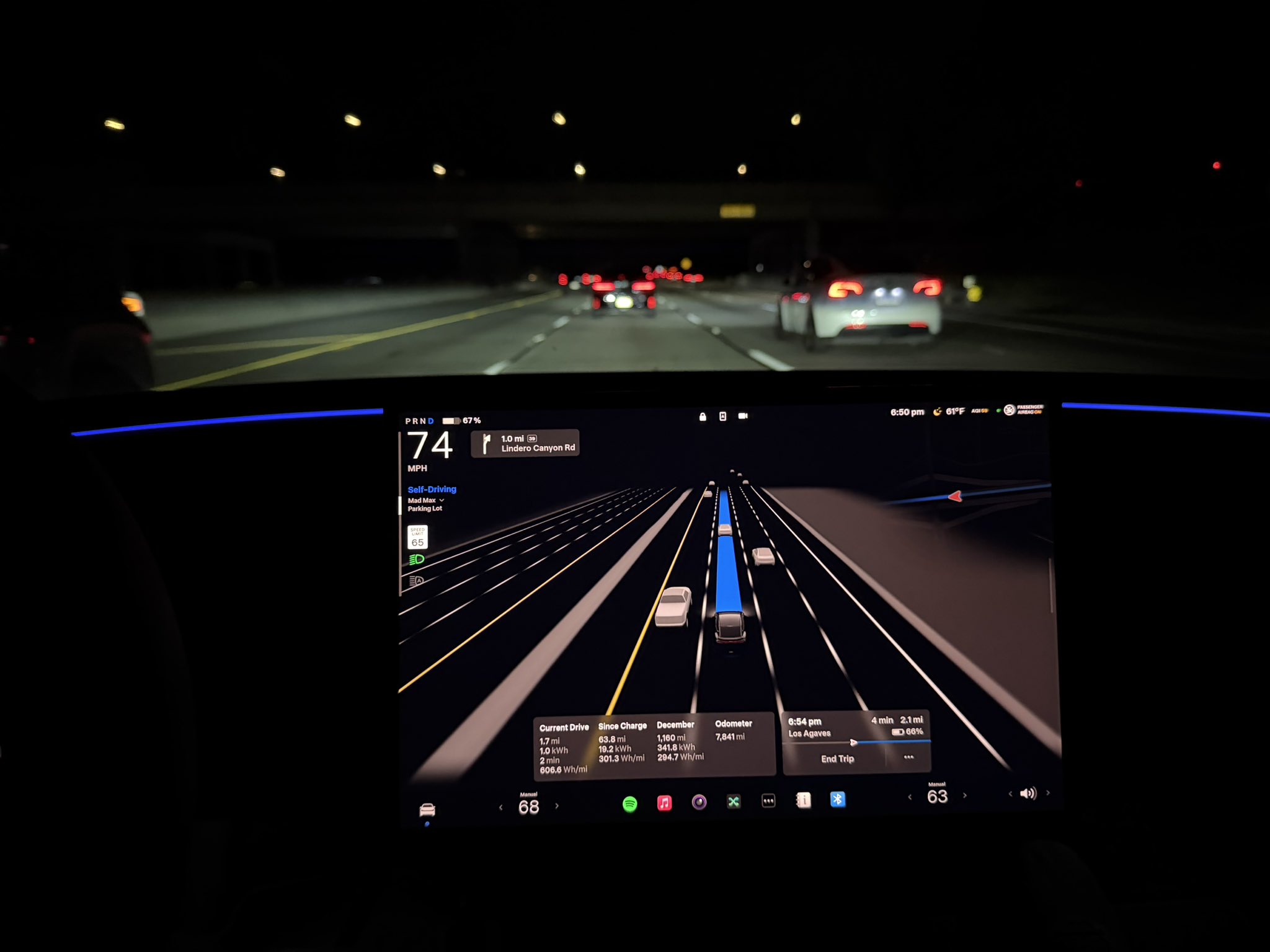
Tesla Full Self-Driving (Supervised) v14.2.2 is receiving positive reviews from owners, with several drivers praising the build’s lack of hesitation during lane changes and its smoother decision-making, among others.
The update, which started rolling out on Monday, also adds features like dynamic arrival pin adjustment. So far, early testers have reported buttery-smooth drives with confident performance, even at night or on twisty roads.
Owners highlight major improvements
Longtime Tesla owner and FSD user @BLKMDL3 shared a detailed 10-hour impression of FSD v14.2.2, noting that the system exhibited “zero lane change hesitation” and “extremely refined” lane choices. He praised Mad Max mode’s performance, stellar parking in locations including ticket dispensers, and impressive canyon runs even in dark conditions.
Fellow FSD user Dan Burkland reported an hour of FSD v14.2.2’s nighttime driving with “zero hesitations” and “buttery smooth” confidence reminiscent of Robotaxi rides in areas such as Austin, Texas. Veteran FSD user Whole Mars Catalog also demonstrated voice navigation via Grok, while Tesla owner Devin Olsen completed a nearly two-hour drive with FSD v14.2.2 in heavy traffic and rain with strong performance.
Closer to unsupervised
FSD has been receiving rave reviews, even from Tesla’s competitors. Xpeng CEO He Xiaopeng, for one, offered fresh praise for FSD v14.2 after visiting Silicon Valley. Following extended test drives of Tesla vehicles running the latest FSD software, He stated that the system has made major strides, reinforcing his view that Tesla’s approach to autonomy is indeed the proper path towards autonomy.
According to He, Tesla’s FSD has evolved from a smooth Level 2 advanced driver assistance system into what he described as a “near-Level 4” experience in terms of capabilities. While acknowledging that areas of improvement are still present, the Xpeng CEO stated that FSD’s current iteration significantly surpasses last year’s capabilities. He also reiterated his belief that Tesla’s strategy of using the same autonomous software and hardware architecture across private vehicles and robotaxis is the right long-term approach, as it would allow users to bypass intermediate autonomy stages and move closer to Level 4 functionality.








